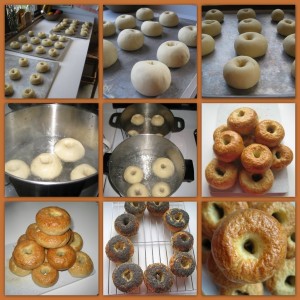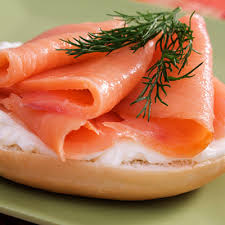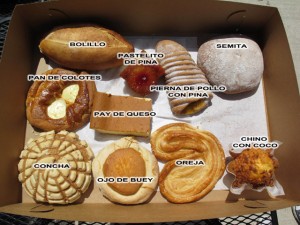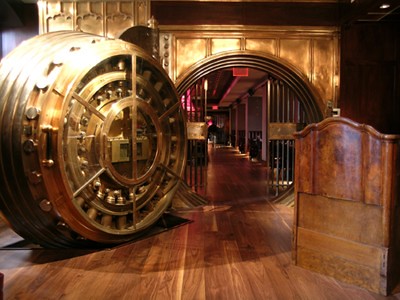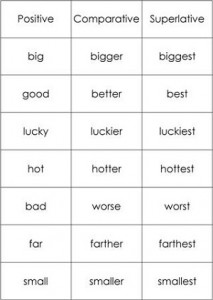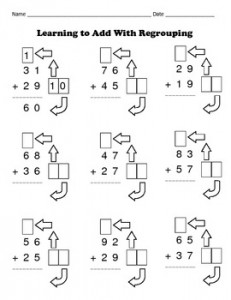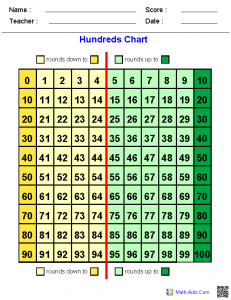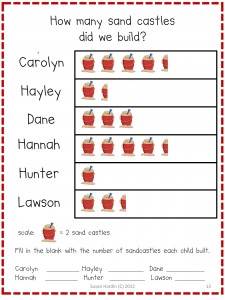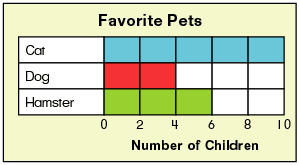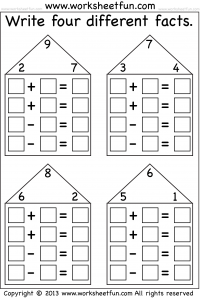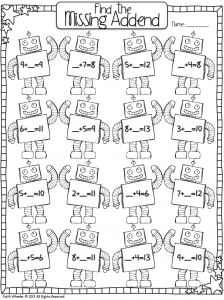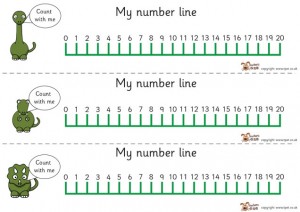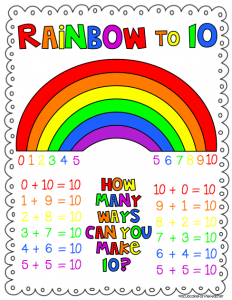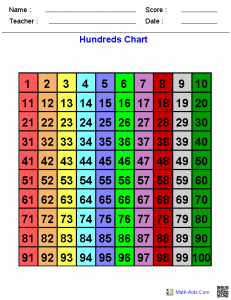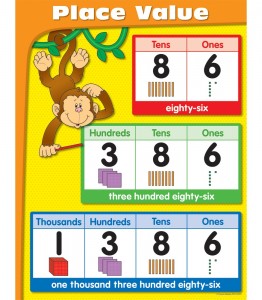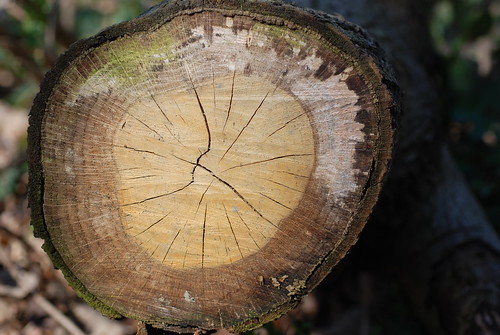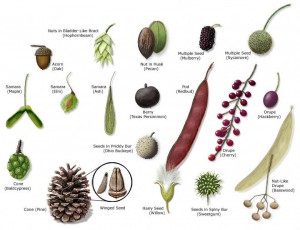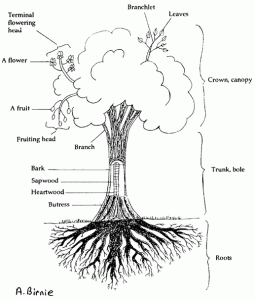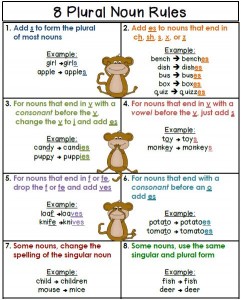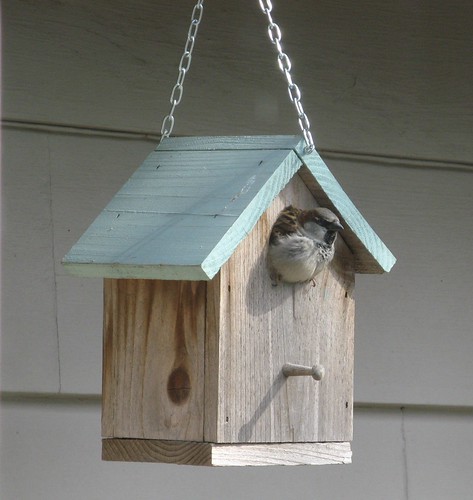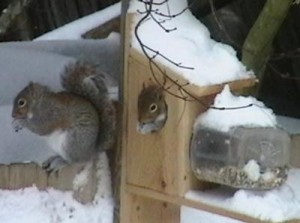Title: 3-3 Jalapeño Bagels by: Natasha Wing
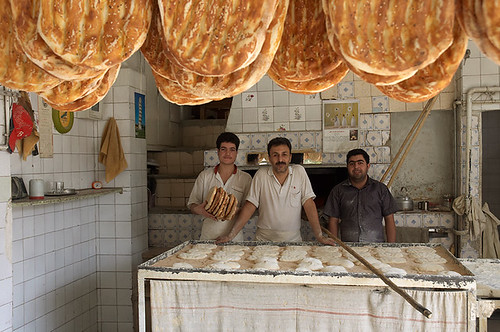
Photo Credit: Kamyar Adl via Compfight
Summary: In this realistic fictional story, a young boy is trying to decide what to bring to school for a celebration to show his culture. His parents own a bakery. His father is Jewish and would love him to bring lox and bagels. His mother would like him to bring some lovely Mexican pan fino or other sweet breads to represent her side of the family. The young man (and the reader) gets to see many aspects of how a bakery is run…and gets to see how the boy solves his dilemma. CLICK HERE to watch a video on how bagels are made.
Spelling Words: Words spelled with long /o/ and long /i/.
Words: dry, tie, fight, why, tow, soap, below, bike, cone, oak.
Challenge Words: July, twilight, shallow, cocoa, thigh.
Vocabulary Words:
Culture (n): the customs and beliefs of a group of people. International (adj): having to do with two or more nations. Ingredients (n): parts that go into a mixture. Dough (n): a mixture of flour, liquid, and other things that is usually baked. Jalapeño (n): a small hot pepper.
Grammar Concept: I can identify where commas go in a series. Commas separate items listed in a series. They help distinguish each item or person in a group. They also help a reader know where to pause when reading. Wrong: My pets include a dog cat gerbil and fish. What is a “dog cat gerbil”? Yikes! Correct: My pets include a dog, cat, gerbil, and fish.
